A Talk With NYTMag's Director, Kathy Ryan, and My Favorite Assignment Stories.
In conversation with Kathy Ryan next week at the School of Visual Arts.
Welcome to In the Flash, a reader-supported publication about intent and creativity in photography
Next Tuesday, January 23, I will be having a conversation with Kathy Ryan, the acclaimed director of the New York Times Magazine, at the SVA MFA theater.
January 23rd, 6:30pm-8pm
214 East 21st Street, 1st floor, New York, NY 10010
The editorial world has a tendency to pigeonhole a photographer. For the first five years of working with magazines, I have been hired almost exclusively to photograph social events and nightlife. It took a long time to branch out and start doing portraits, documentary projects, and (!) photos during the daytime. With the New York Times Magazine, it was different from the start.
For my first shoot with the magazine in 2017, I spent a week photographing in Hawaii for the Voyages issue. The assignment was to photograph Hawaii from the POV of a tourist. My shot list included taking a boat under an active volcano on the Big Island, attending a luau, swimming with giant turtles, and photographing on beaches. I accomplished all of it in eight days, but when I boarded the plane home, I panicked. It felt like I was returning from a vacation vs. a work trip, the paranoia of failure creeped in. What if I had too much fun? What if the photos weren’t good enough? It wasn’t until I got glowing feedback from Kathy that I was able to relax.
Since then, Kathy and I have collaborated on 30 wild assignments, covering everything from sports to remote portraits to rats. We will go over some of those shoots at the SVA talk, and delve into how the editorial world works.
Here are some of those assignments and their stories.
Rats.
I was elated to receive a request for a 2018 NYTMag Voyages shoot in New York City. Then I found out what it was. The shoot involved spending a week chasing rats in the most rodent-infested parks in Manhattan. With flash. At night. I figured it was karma for having too much fun in Hawaii.
That year, the Voyages issue focused on the sound of cities. The noise that was chosen to represent NYC was almost inaudible — the sound of rats talking. Their range is in a different frequency, so a recording needs to be made using an ultra-sonic microphone. Once the pitch is lowered to adjust for human hearing, a whole universe of sounds is revealed. Not only do rats constantly talk while socializing, courting, or warning each other about danger, they also laugh. The laughter, doesn't exactly sound human, yet it is instantly recognizable as laughter.
I have never been afraid of rats, and learning that they love to laugh and being tickled made me excited about the project. Still, I had no idea how to photograph them. The magazine connected me with a rat scientist who advised me on their behavior patterns. My assistant, a conservation photographer, Ivan Kuraev, went around the city setting “traps” — dollops of peanut butter, a rat’s favorite treat — to ensure that the subjects of the shoot actually showed up. Meanwhile, I read up on rat psychology. And, most importantly, I re-watched Ratatouille.
What I found out quickly is that rats really, really don’t like getting flashed in the face. When that happens, they will not come back to the same spot for a long time. I had to stay in place for hours, my hand holding the remote that triggered the camera and my eyes fixed on the sewer gate, where occasionally an inquisitive head would pop up and then, scared by the flash, disappear for another 30 minutes. My chief amusement during the time was using my peripheral vision to observe couples kissing on park benches who were oblivious of being in the epicenter of rat activity.
After several days of such cat and mouse games, I caught about 12 final photos. My favorite, and the one that ended up in the magazine, caught the rat at exactly the right moment, poking out curiously to check out the street. This particular critter wasn't as intimidated by my setup as his comrades, and took a few leisurely seconds to size it all up. That was all I needed to get the shot.
Elvis.
This shoot is the #1 misadventure story of my career. Just as I was flying out to Memphis to photograph the 40th anniversary of Elvis’ death for NYTMag, I was struck with an eye infection. It was too late to cancel, so off I went, wobbling through the airport like a drunk vampire and scaring the hell out of the passport control officer who demanded I lift my giant sunglasses. It was only fitting that I was heading to Elvis’ grave to photograph his diehard fans paying their respects.
Once in Memphis, half-blind but determined to work, I ran to the nearest eye clinic. That’s when things went from bad to comical. In a move worthy of Buster Keaton, the ophthalmologist mixed up her medicine bottles. Instead of antibiotics, I got treated with pre-surgery, pupil-dilating drops. For the next 12 hours, my giant pupils resembled an MDMA overdose, while the only things I could discern were amorphous shapes, lights, and colors. But the universe wasn’t done with me yet. As I stumbled into my hotel room, I tripped and fell on my camera, damaging the lens’s autofocus.
The one phone call a photographer rarely makes to their magazine editor is to inform them of temporary blindness while on assignment. After calming her down, I headed to Graceland. Throughout the shoot, my assistant pointed me in the direction of unfolding situations. Catching a glimpse of color or movement, I clicked the shutter while having only a vague idea of what was in the frame. Looking through the images a day later felt like opening gifts on Christmas morning — I had no idea what I was going to get. Remarkably, I found enough decent photos to send to the magazine. My editor was thrilled. Ironically, the story got put on hold and was eventually cancelled.
Pinkerton National Detective Agency.
For this assignment, I found myself shooting a gun at an open range in an unknown location about an hour away from Mexico City. My assistant/husband, Sasha, was firing a semi-automatic rifle. We were surrounded by a dozen former Mexican military officers. All this was organized for a profile of the Pinkerton Detective Agency, a private risk management firm that provides rich corporate clients with safety from all kinds of zombie apocalypse-type hazards and hostage situations. We fired shots, had a lunch of grilled meats and mezcal, and discussed politics. It was my first time in Mexico City.
To experience some of Pinkerton’s elite services firsthand, I was offered a weapons training course as well as car hijacking scenarios complete with active-shooter simulation. Just as regular patrons would be, I was assigned two bodyguards. Every morning, a black SUV with tinted windows stopped in front of my hotel as two men in black suits, sunglasses, earpieces, and clearly visible guns escorted me and Sasha five steps from door to door with utmost earnestness. The front desk concierge who checked us in the day before with an indifferent air of formality was watching this theater, visibly frazzled. When we came back at night, a fruit basket, a bottle of wine, and a thank you note were placed on the bed.
Pinkerton directors weren’t thrilled when the feature came out in the New York Times Magazine. Noah Gallagher Shannon’s incisive reporting poked some holes in their self-aggrandizing narrative, and my photos of the security exercises were more mirthful than daunting, revealing the paintball car hijacking as a touch ridiculous. I knew that I would not be invited back by Pinkerton ever again, but I did get to fire my first gun and got to experience a singular glimpse into the lives of the risk-conscious 1%.
More photos, stories and insights from Kathy Ryan, in next week’s conversation.
RSVP here.
Find me on Instagram




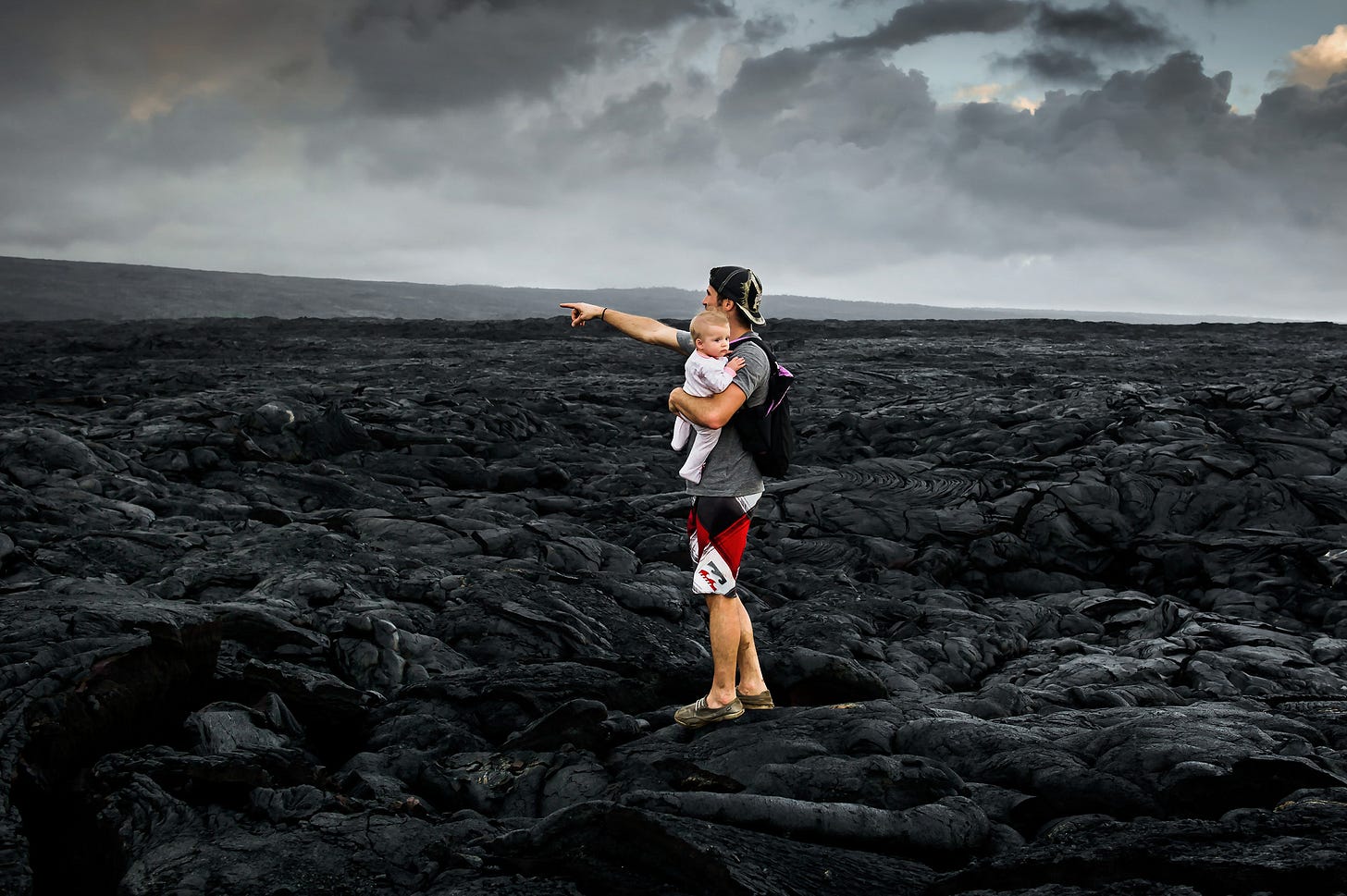
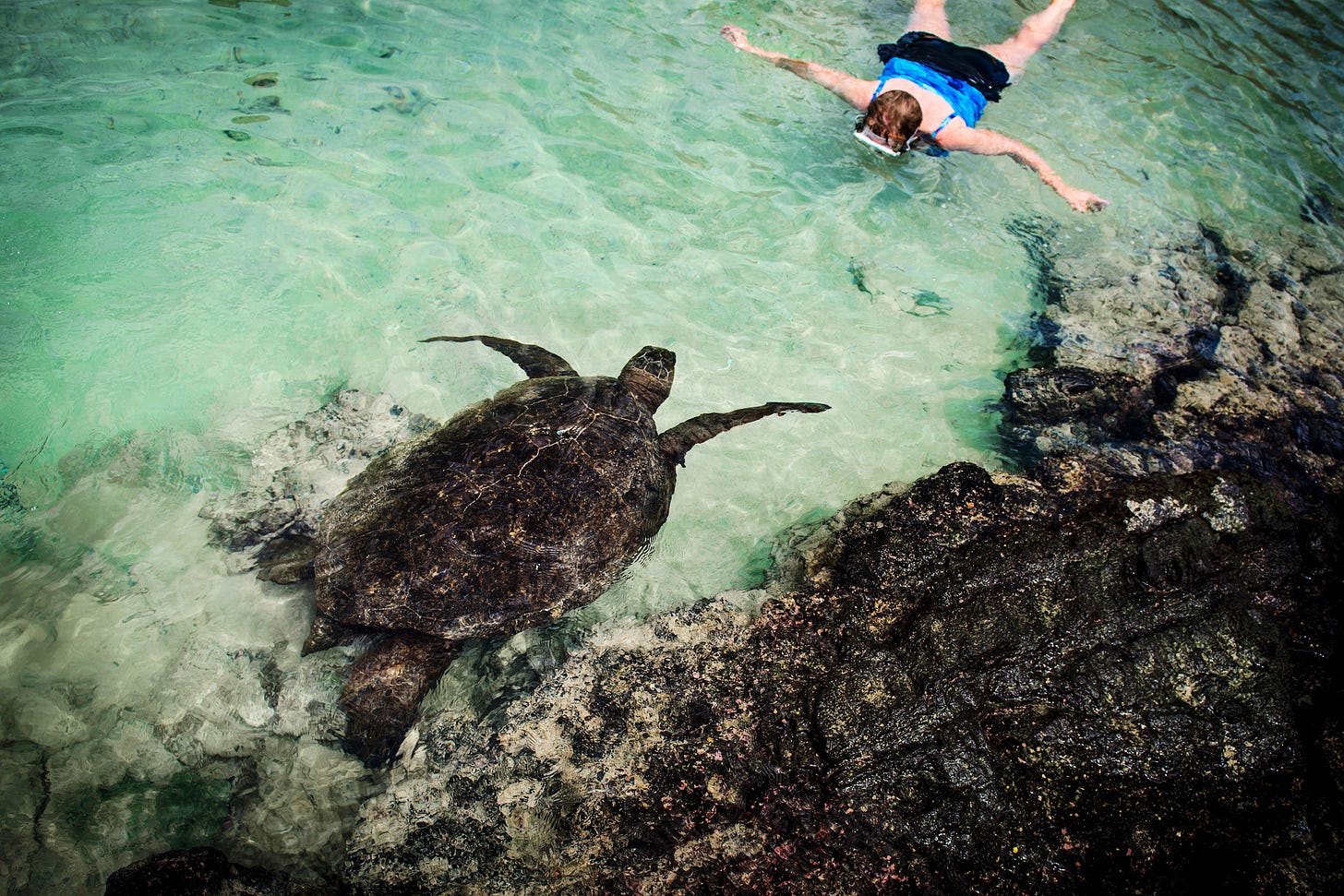
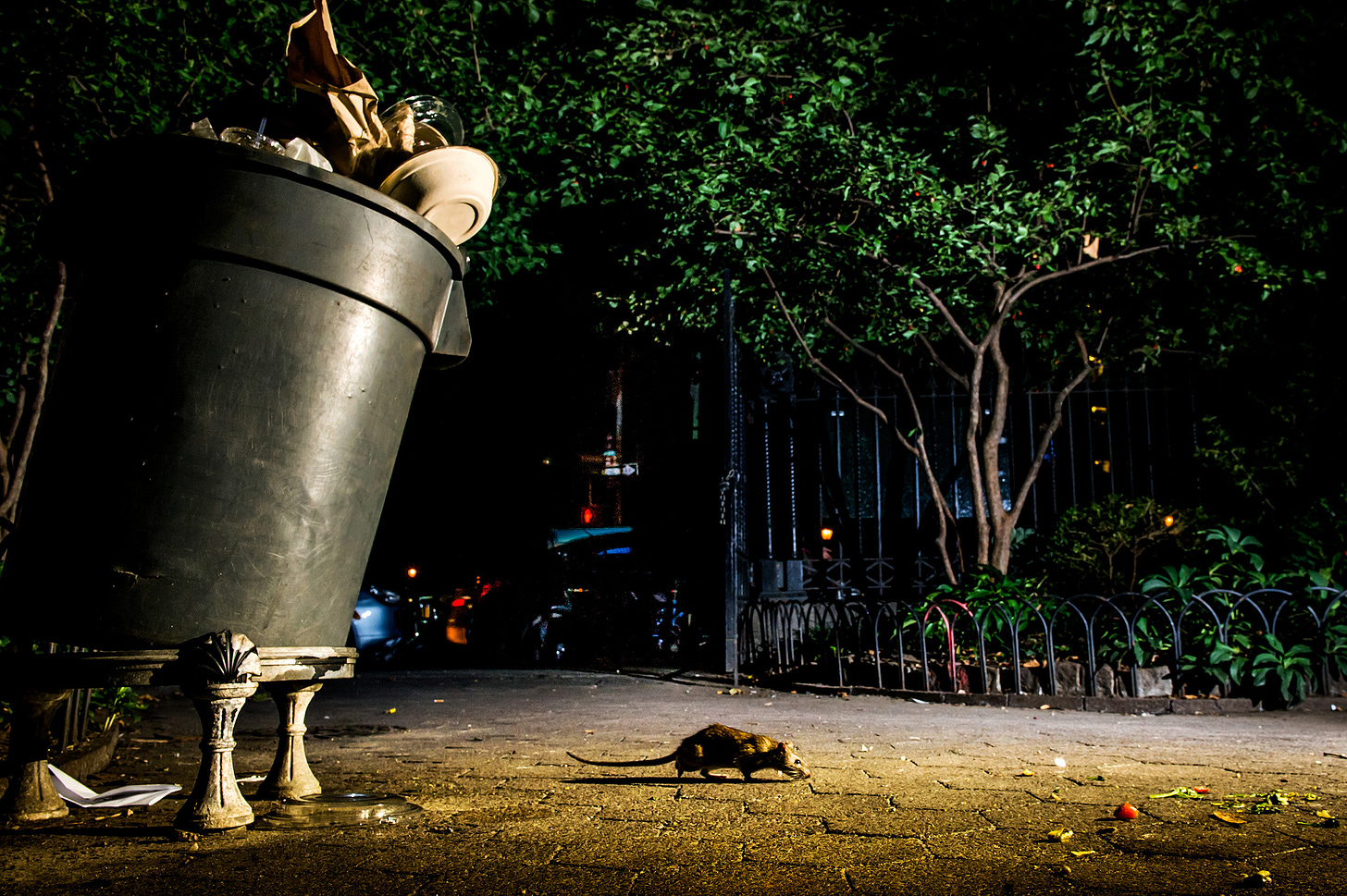
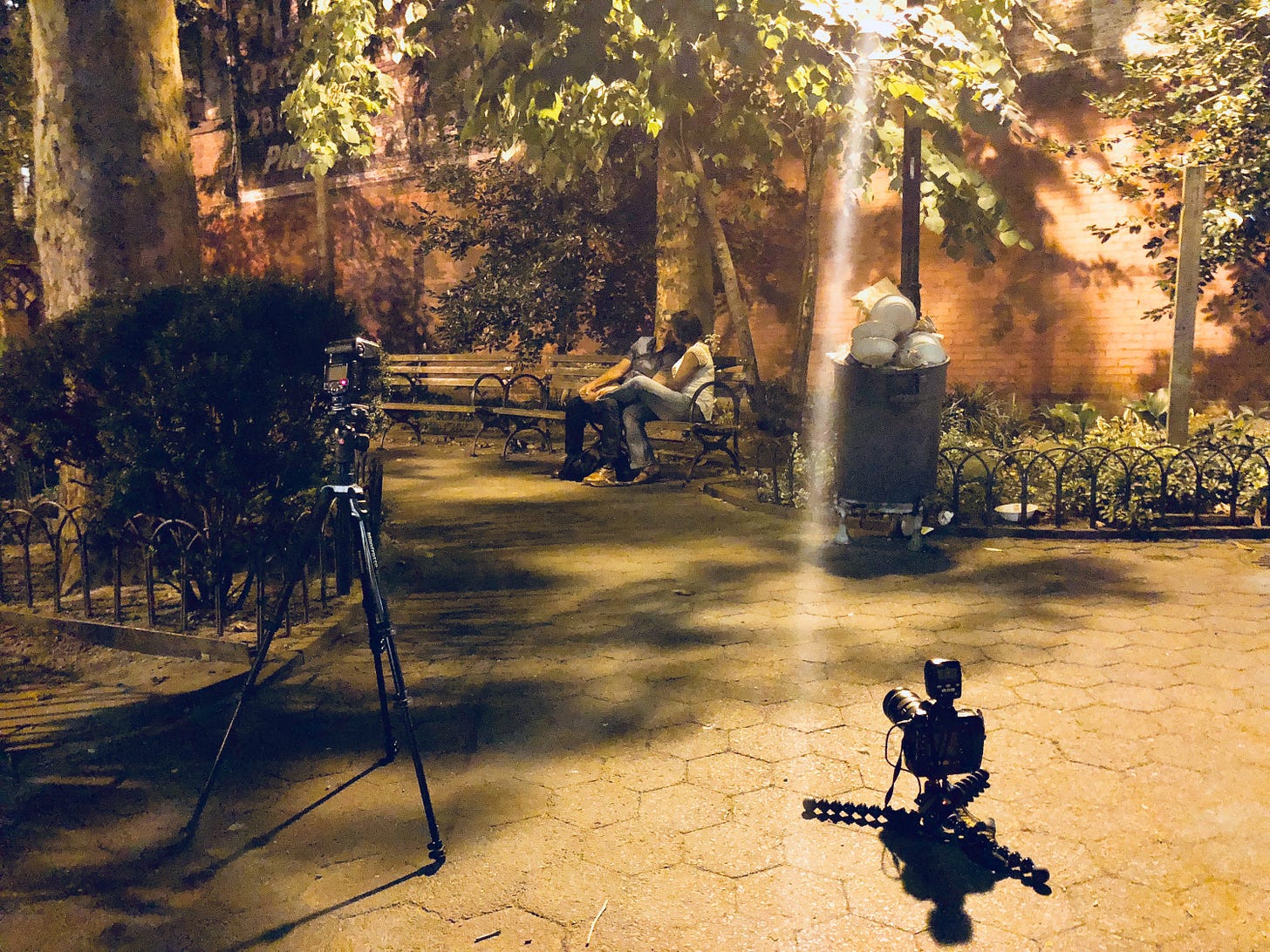
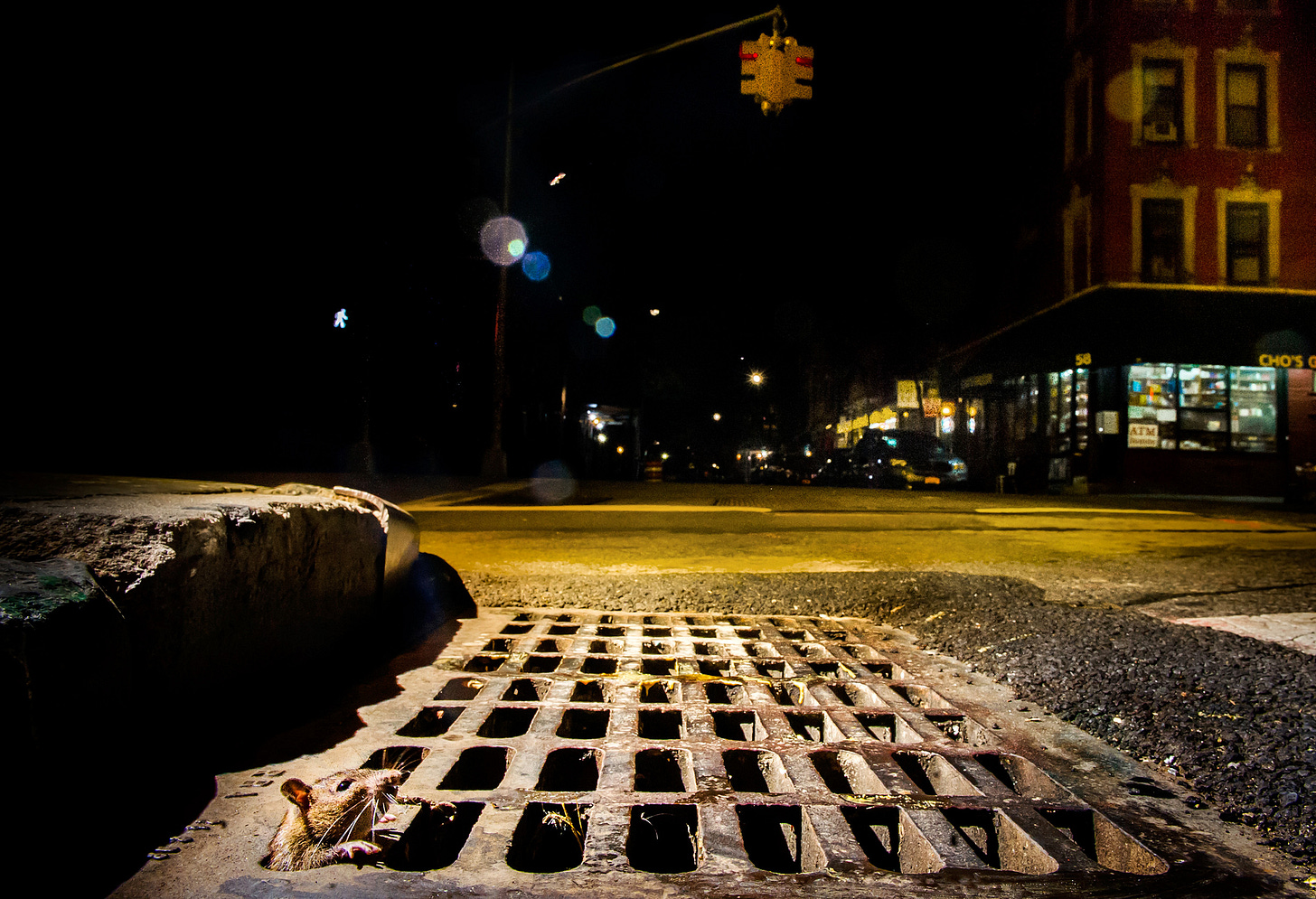
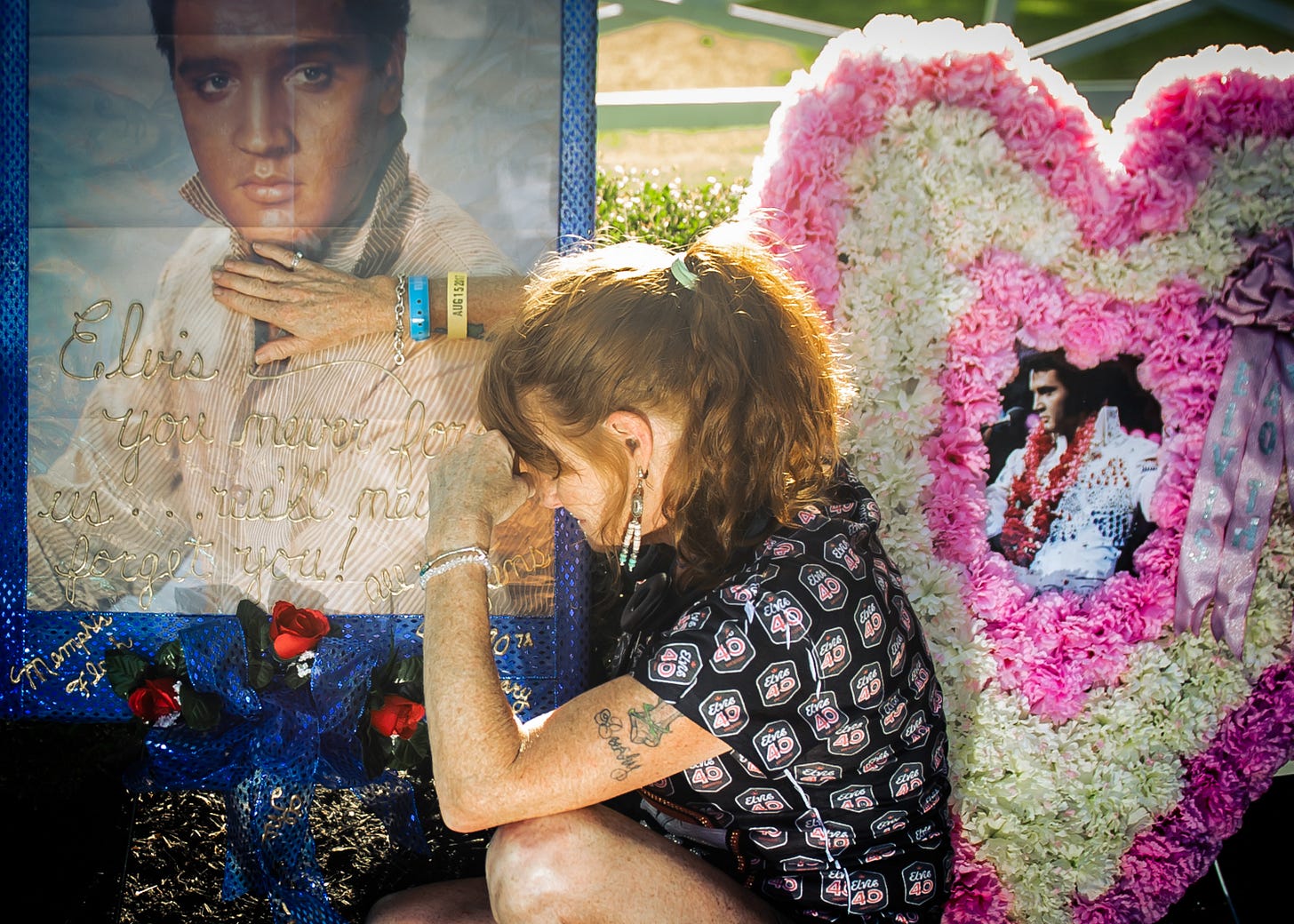
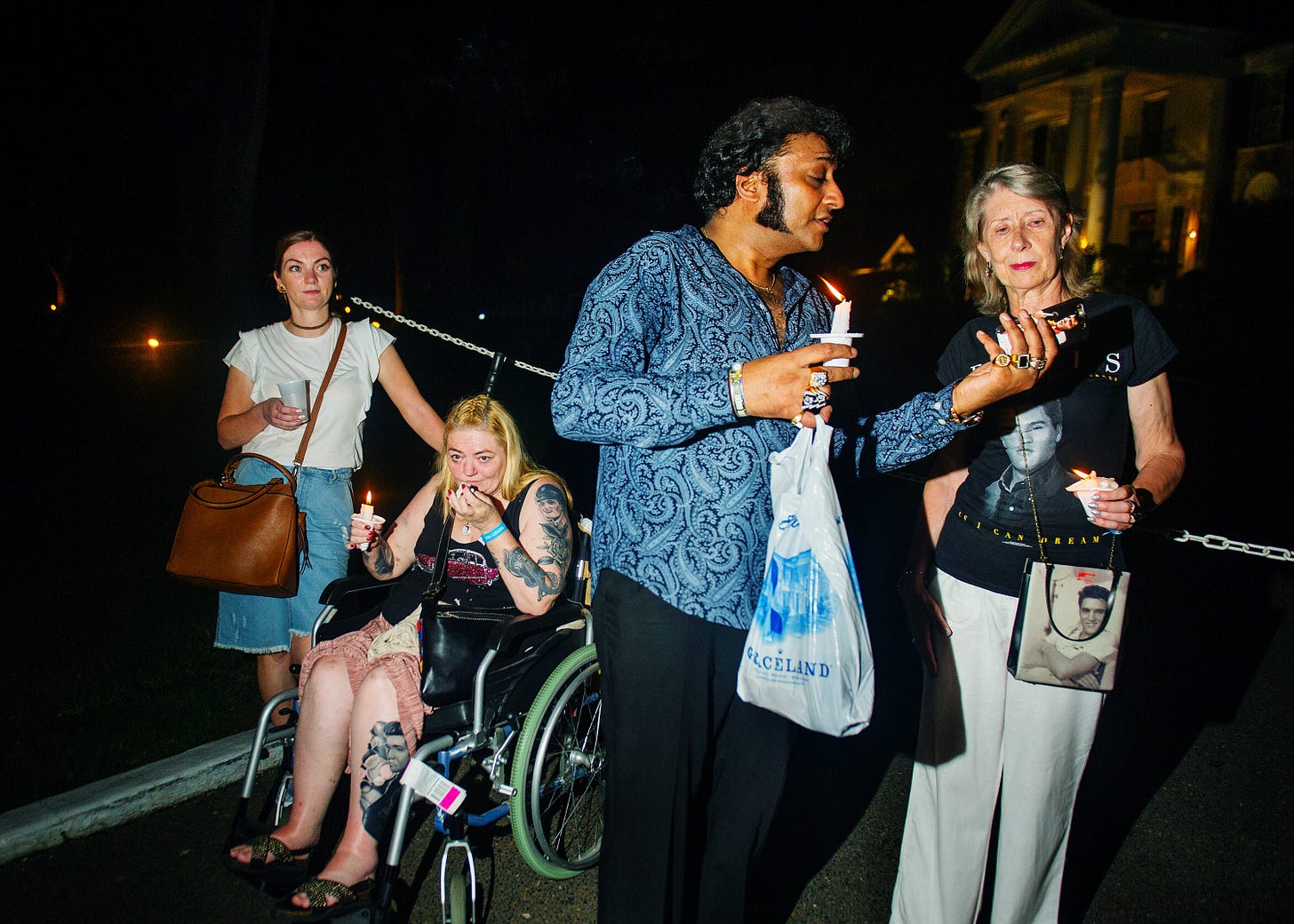
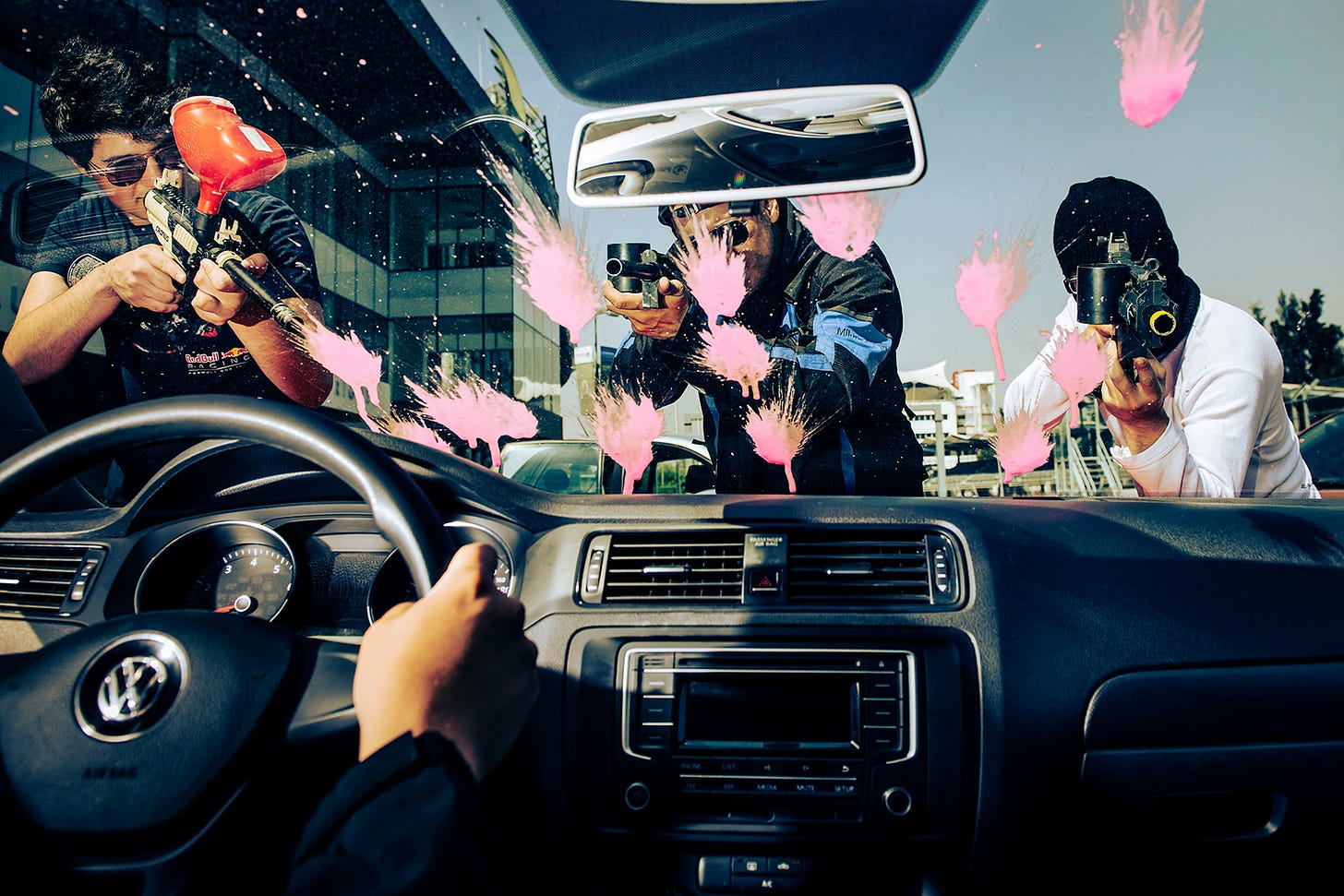

Loved the stories. Delightful reading!
Kathy is just the best, a lovely example of a human being, and her years-long archive of contributor portraits is impressive and full of delights. Lucky you to know her well.